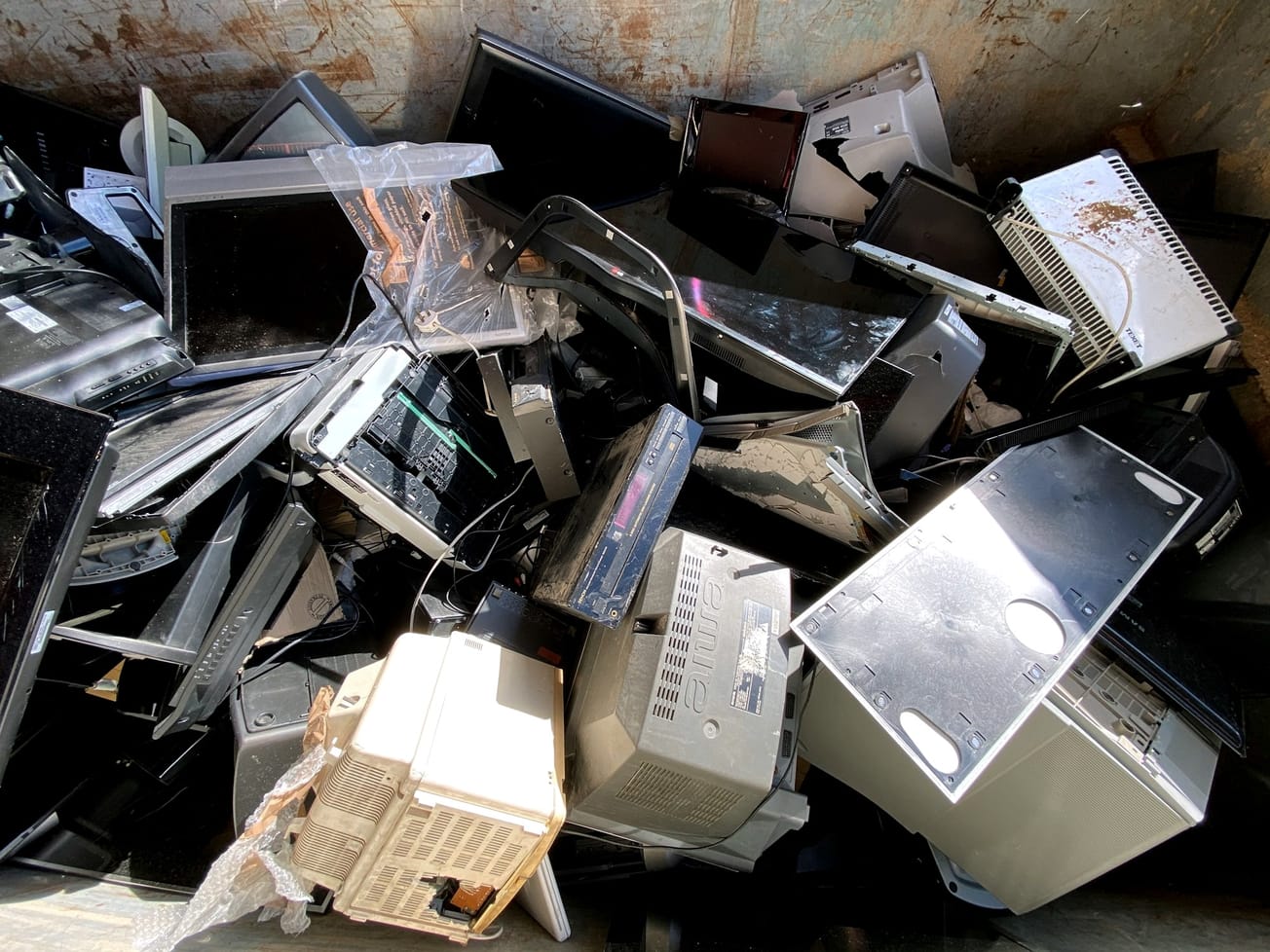GENEVA (AN) — U.N. agencies say the mountain of waste from discarded electronics and metals has been rising so fast that efforts to recycle it around the world can't keep up.
A record 62 million metric tons of e-waste were produced in 2022 and are expected to rise to 82 million metric tons by 2030, according to a report on Wednesday from the International Telecommunication Union and U.N. Institute for Training and Research, or UNITAR.









